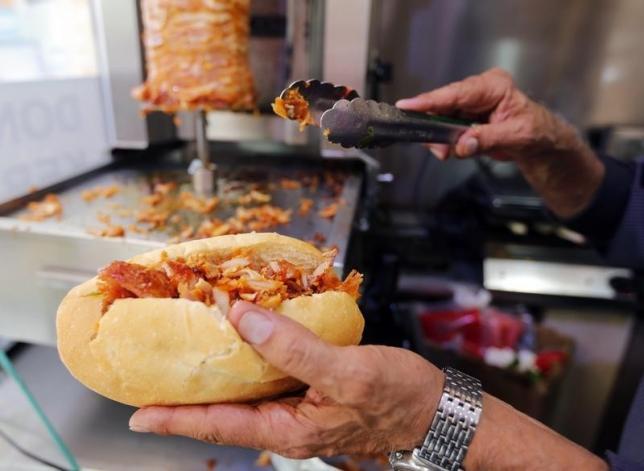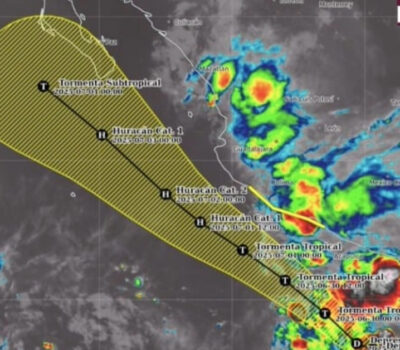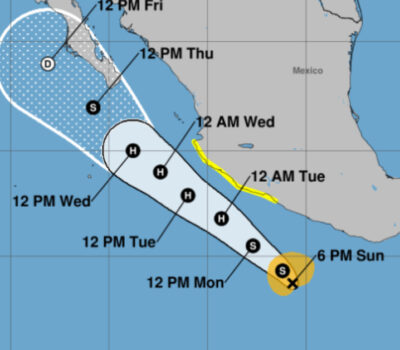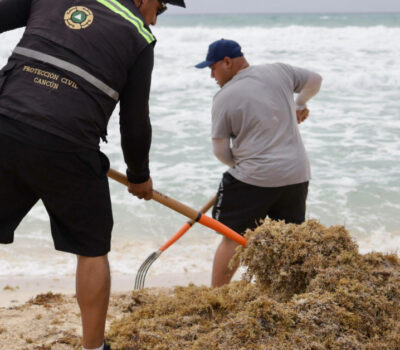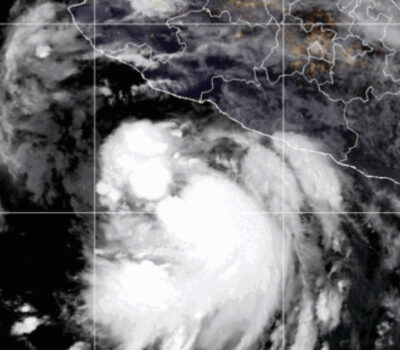People who eat a lot of fast food may be exposed to higher amounts of certain chemicals in plastics that are believed to disrupt human hormones and possibly cause cancer, according to a U.S. study.
Researchers found that people who eat the most fast food have up to 39 percent more of two industrial chemicals called phthalates in their blood than those who eat less, or no fast food at all.
“We found a significant association suggesting that the more fast food someone eats, the higher the levels of two particular phthalates known to be used in food packaging and food contact material,” said lead author Ami R. Zota of the department of environmental and occupational health at the Milken Institute School of Public Health at George Washington University in Washington, D.C.
Phthalates make plastics like polyvinyl chloride (PVC) more flexible and are used in vinyl flooring, adhesives, detergents, lubricating oils and automotive plastics. People can be exposed by eating and drinking foods and beverages that have been in contact with plastic containers, according to the Centers for Disease Control and Prevention.
The human health effects of phthalate exposure are not known, according to the CDC, but they have been shown to affect the reproductive systems of lab animals.
“Phthalates are of concern because animal and epidemiology studies have linked exposure to a range of adverse health outcomes, from toxicity to developing male reproductive systems, neurodevelopmental issues, miscarriage, and preterm birth,” said Justin Colacino of the University of Michigan School of Public Health in Ann Arbor, who was not part of the new study.
Phthalates can mimic hormones in the body, and those in this study are also suspected to be carcinogens, Colacino told Reuters Health by email.
The study team used data from more than 8,000 participants in the National Health and Nutrition Examination Surveys between 2003 and 2010, including their self-reported fast food intake, the type of fast food they ate and the fat content of their food over the previous 24 hours. The surveys also included objective measurements of chemicals in urine samples.
As people’s fast food intake increased, so did evidence of phthalate exposure in their urine, according to the results in Environmental Health Perspectives.
There was no link between fast food consumption and urinary levels of bisphenol A (BPA), one of three plasticizing chemicals the researchers measured.
But people who got more than a third of their total calories from fast food over the previous day had 24 percent more of one chemical, di(2-ethylhexyl) phthalate (DEHP), and 39 percent more of a second one, diisononyl phthalate (DINP), than those who did not eat any fast food.
These chemical exposures seemed to be tied specifically to how much grain-based or grain- and meat-based fast food people ate.
The researchers accounted for age, sex, race, body weight, household income, and in some models adjusted for other potential sources of phthalate-containing foods, like those obtained from vending machines and restaurants, but the association with fast food remained, Zota said.
“These studies cannot alone establish causality,” she noted. But, “the results are both statistically significant and meaningful,” she said.
“Some likely sources include the tubing used upstream in the processing of dairy and meat, as well as the packaging at various stages of production,” she said. “Another potential source is the gloves employees wear while handling it,” which are often vinyl gloves, Zota said.
“The results suggest that if you as an individual want to limit your chemical exposures, one potential way to do that is limiting fast food and processed food,” she said.
But individuals can only do so much to limit their exposure to these ubiquitous chemicals, she said.
“It’s going to require a number of stakeholders to address the problems including people who regulate what can be added to food contact materials and food packaging, the Food and Drug Administration, fast food companies themselves, and manufacturers of tubing,” Zota said.
Phthalate levels are regulated in food in the European Union, but not in the U.S., she said.
SOURCE: 1.usa.gov/1YtM51A Environmental Health Perspectives, online April 13, 2016.
People who eat a lot of fast food may be exposed to higher amounts of certain chemicals in plastics that are believed to disrupt human . . .

